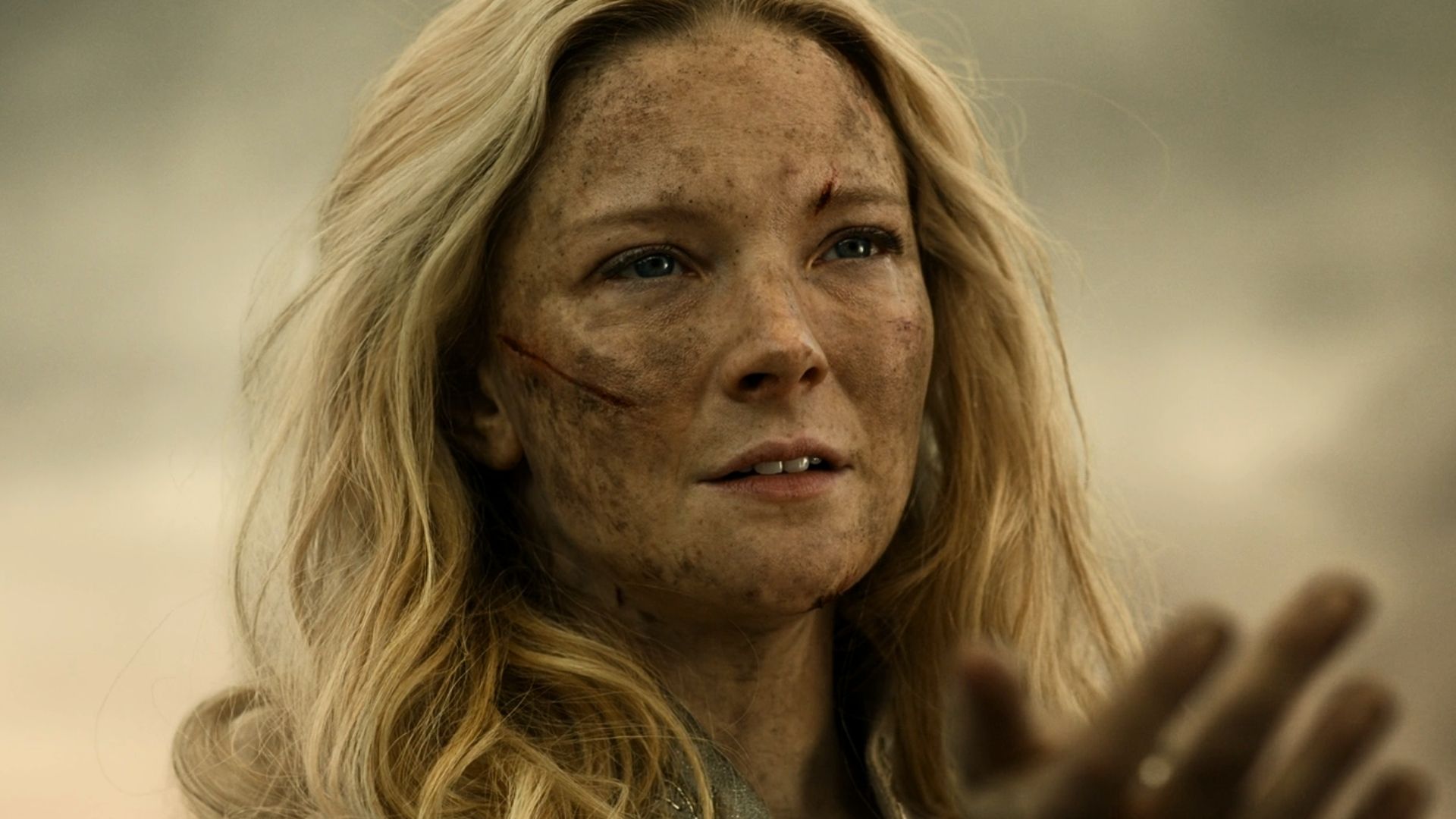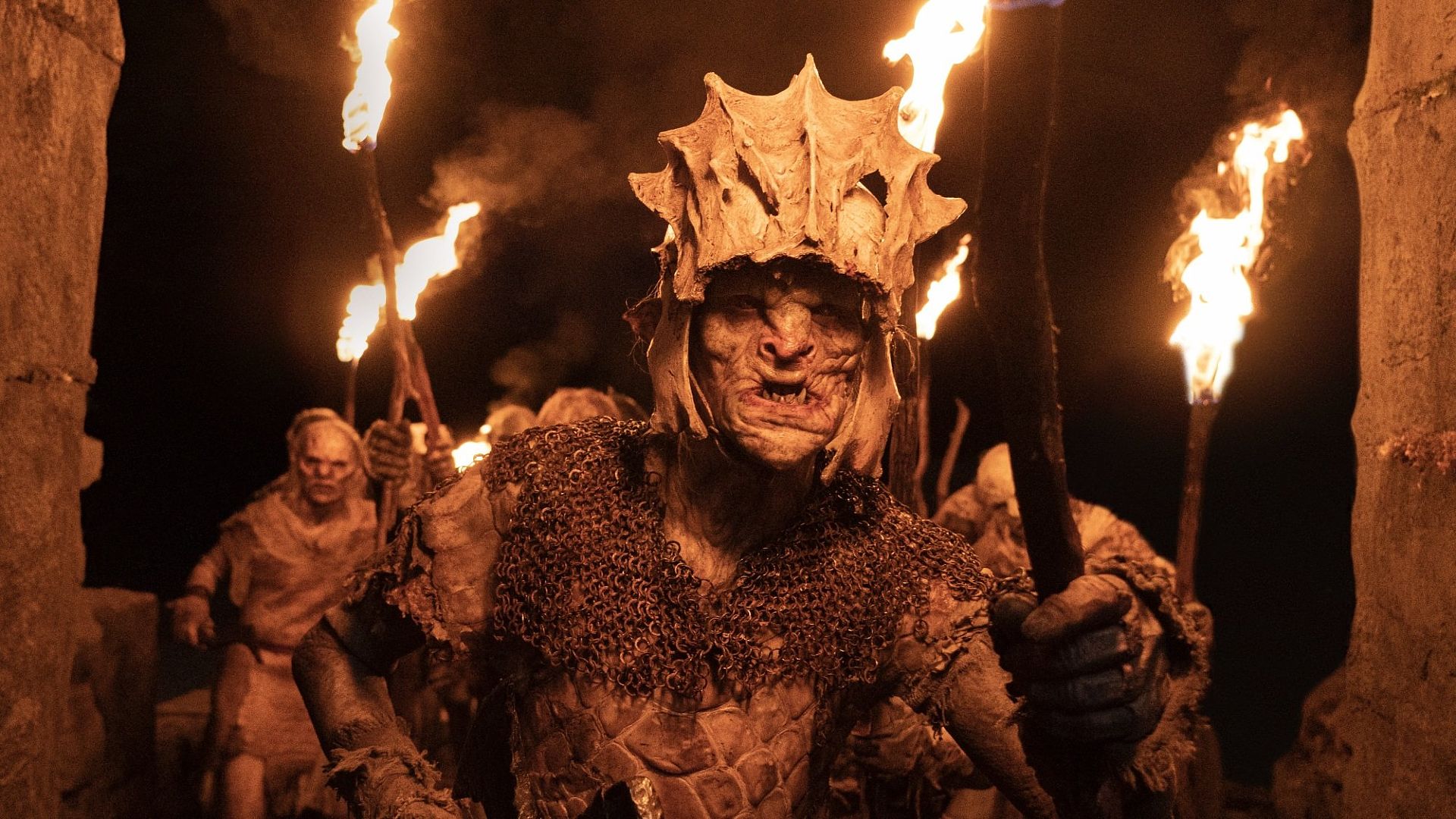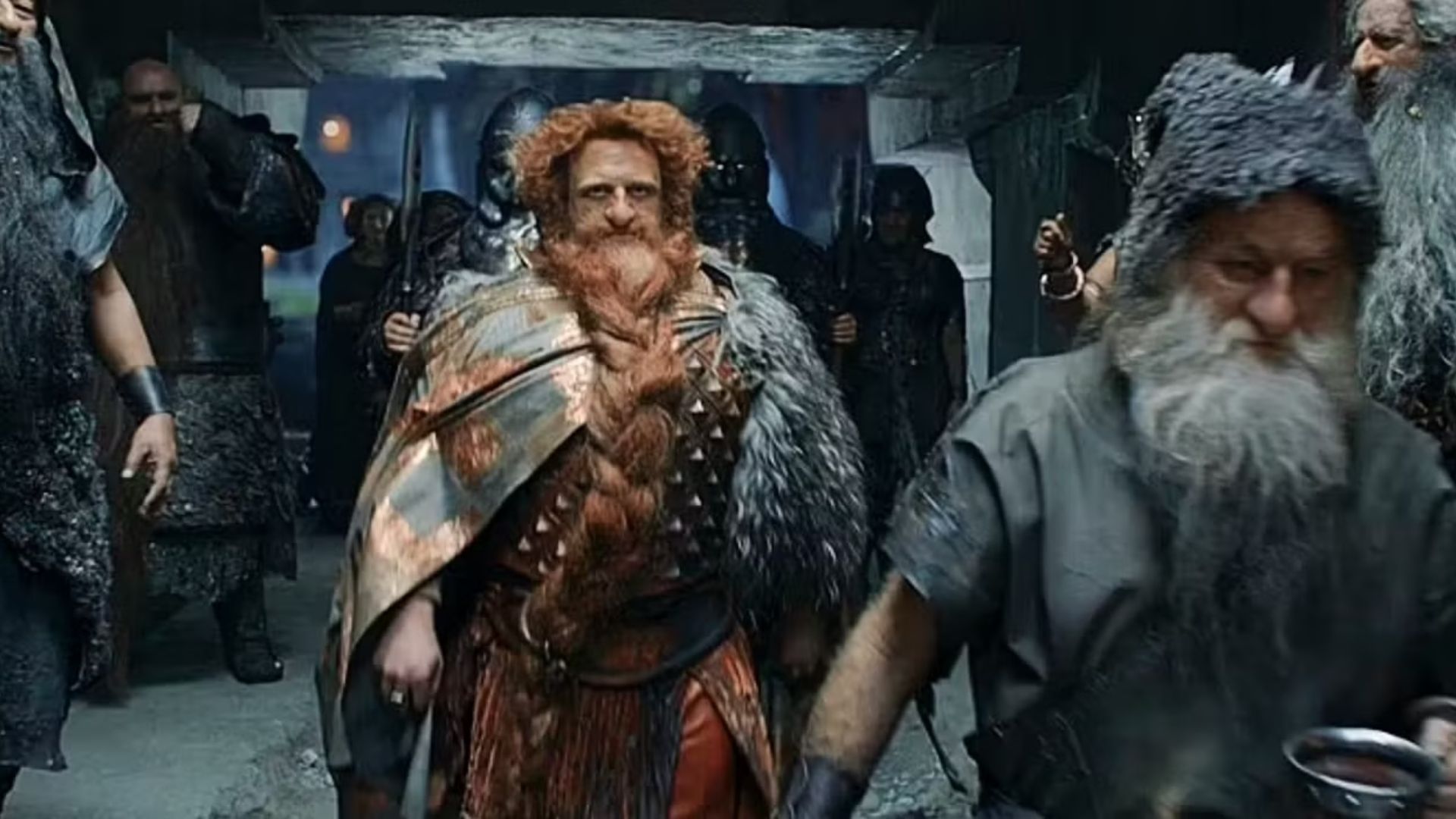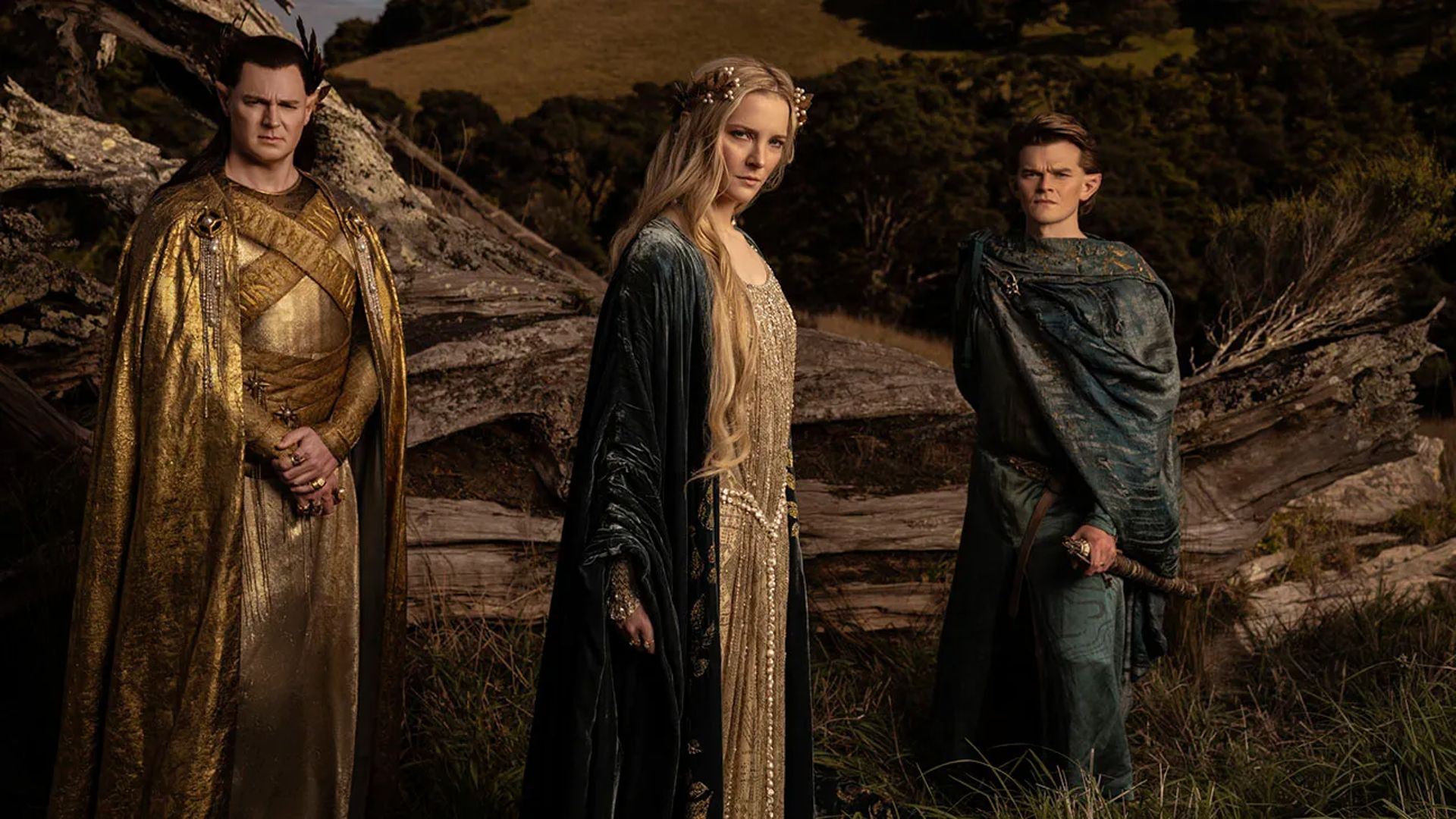
The series *The Rings of Power* demonstrates the ‘sunk cost fallacy’ – the tendency to continue investing in something simply because you’ve already invested so much, even if it’s not working. Eight years ago, Amazon’s purchase of the rights to J.R.R. Tolkien’s *Lord of the Rings* seemed like a smart move, especially after beating Netflix for them. However, while less expensive shows are often cancelled quickly, *Rings of Power* continues despite not achieving the success Amazon hoped for, and the studio now appears to accept it won’t be a major hit.
Despite declining interest since its 2022 debut, Amazon continues to support *The Rings of Power* – a commitment most other studios would have abandoned long ago. Initial enthusiasm has given way to a cycle of reactions, from disbelief and anger to reluctant acceptance. Although the head of Amazon Studios TV and film has changed, Amazon seems determined to continue with the series, even though it hasn’t delivered a return on its massive cost and likely won’t. The show’s performance isn’t just about traditional viewership numbers; it’s a larger issue for the company.
Sometimes the Numbers Do Lie

Prime Video
Season 2 of *The Rings of Power* suggests the show is heading towards a decline in viewership, a common issue for many series. As industry analyst Andrew Wallenstein noted last year, shows often lose audience interest over time. The show’s budget is significantly larger than that of Disney+’s *The Acolyte*; after two seasons with 16 episodes, *The Rings of Power* has cost far more than *The Acolyte*’s $230 million for just eight episodes, according to Forbes.
Unlike established franchises weighed down by audience exhaustion, *The Acolyte* quickly disappointed viewers after its 2024 streaming release, becoming a minor entry in the *Star Wars* universe. *The Rings of Power* is still being made, with Season 3 currently in production, despite also failing to become a major hit. This isn’t the outcome Netflix executives expected after investing so heavily in the project. What’s causing these expensive series to underperform?
“We Were Always Going to Spend What We Needed to Spend to Get It Right.”

Prime Video
Everyone’s been asking where the huge budget for this show – we’re talking over a billion dollars – actually went. Well, Amazon’s Prime Video paid a massive $250 million just to secure the rights to Tolkien’s work. But here’s the kicker: if they decided to cancel a season, they’d have to pay a $20 million ‘kill fee’! They committed to five seasons with the Tolkien estate, which basically meant this project wasn’t going anywhere easily. It’s like failure wasn’t even on the table, and Jennifer Salke, who was running things at the time, even said so publicly back in 2022 before she left. That confidence was infectious – even seasoned journalists started assuming the big initial viewership numbers meant the show was guaranteed success and would become a cornerstone of the streaming service. She told *Variety* that, like *Game of Thrones*, they needed these incredibly detailed and expensive sets that could be reused for multiple seasons, making it a huge investment from the start.
We’re creating a massive, long-term setup – essentially a small city. We always planned to invest whatever it took to ensure quality. I’m grateful to work for a company that values financial responsibility, but also refuses to cut corners on the visual aspects of the project.
The digitally created backgrounds in George Lucas’s *Star Wars* prequels didn’t quite work, and Amazon’s leaders apparently didn’t want to repeat those mistakes with their new show. They invested heavily in creating a high-quality production, hoping to attract new subscribers. But was it worth the cost? That’s for you to decide. Despite a significant drop in viewership – only around 40% of subscribers finished the first season, and the show seemed to disappoint many *Lord of the Rings* fans, according to *The Hollywood Reporter* – Amazon is continuing with the series.
Some Streamers Never Learn

Prime Video
While it might seem unwise to keep investing in something that’s already failing, this isn’t a new situation. However, Amazon is essentially following Netflix’s lead, and Netflix has a long history of losing money on unsuccessful projects. Amazon’s *The Rings of Power* is very similar to Netflix’s *Electric State* in that regard. The key difference is that Netflix usually cuts its losses and moves on, something Amazon doesn’t seem to be doing.
While initial excitement is good, consistent viewership is the true measure of a show’s success. If a series loses viewers after its first season, it’s unlikely to find a lasting audience, especially for high-profile projects. Although Amazon has significant financial resources, Netflix remains the leader in streaming. Former Netflix executive Peter Friedlander has emphasized that long-term viability and making tough decisions – rather than chasing trends – are key. This approach may be why Amazon recently hired him. You can currently watch *The Rings of Power* on Prime Video.
Read More
- Mobile Legends: Bang Bang (MLBB) Sora Guide: Best Build, Emblem and Gameplay Tips
- Clash Royale Best Boss Bandit Champion decks
- Best Hero Card Decks in Clash Royale
- All Brawl Stars Brawliday Rewards For 2025
- Best Arena 9 Decks in Clast Royale
- Brawl Stars December 2025 Brawl Talk: Two New Brawlers, Buffie, Vault, New Skins, Game Modes, and more
- Clash Royale December 2025: Events, Challenges, Tournaments, and Rewards
- Call of Duty Mobile: DMZ Recon Guide: Overview, How to Play, Progression, and more
- Clash Royale Witch Evolution best decks guide
- Clash of Clans Meltdown Mayhem December 2025 Event: Overview, Rewards, and more
2025-10-12 21:33